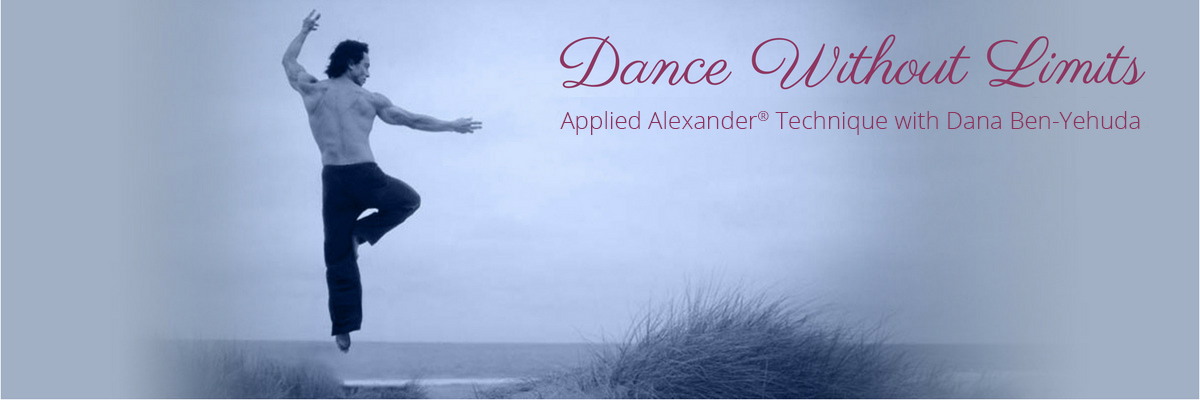Pain Management
What happens when people are in pain?
The first thing you do is hold your breath. If you stub your toe, the first thing you do is gasp! And hold your breath.
And when we’re in pain the next thing we do is tighten up. Sometimes that’s a good thing; the body is protecting the injured part. But when pain itself is the problem, tightening up only makes it worse; one physician told me that it makes pain ten times worse when you tighten up.
Being in chronic pain is a problem in and of itself; whatever the underlying cause, the pain itself needs to be managed.

If you tighten up and hold your breath, the pain is likely to hurt worse. And that creates a vicious cycle; pain hurts, tighten up, that makes it hurt more, tighten up some more.
When you want to break the cycle, medication is often the first place we look. But medicine has side effects and it can also lose its effectiveness, over time. The body becomes used to it and needs more and more to do the same job.
People often turn to alternative methods.
One way that has helped many people is the Alexander Technique. The Technique is a hands-on, educational method for neuro-muscular re-education.
OK, you ask, what does that mean in English? And since it’s an educational method, how does it help with pain management, anyway?
One way that Technique helps is because it teaches a skill for conscious control. That includes learning how not to tighten. Sometimes muscles tighten up without our even knowing it and certainly without our conscious trying to do so. We can learn to release tension in general and also, specifically.
The Alexander Technique is about awareness. It’s about a sense in the body that has become dormant in many of us. It is about the connection between thought and muscular activity.
For specific tensions, your teacher may look at you and observe, or with hands-on, be able to feel, where you are tightening up. Together with your teacher you can learn how to take back control over your own body.
But either way, the first step is awareness.
Sometimes the fastest way to let go is to join the resistance. For example, tighten up your arm or leg some more! Then you can sense more clearly how you are holding some part too tightly, and then consciously think to let it go.
Here’s a little experiment to show you how thinking can help a muscle let go. This is about the connection between thought and muscular activity.
Make a fist. Make a really, really tight one. Tighten it up some more. Now leave your fingers all curled up, but think to yourself, not to tighten.
Notice what happens. Your fingers are still in the shape of a fist but the quality of the sensation in your hand is entirely different.
As an Alexander Teacher, I help my students discover and release tension that is unnecessary and oftentimes interfering with optimal functioning.
